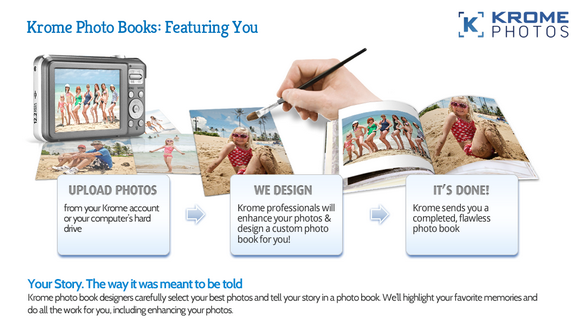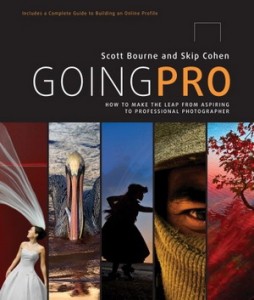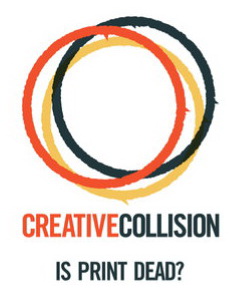You don’t have to live in a major metropolis to build a rewarding life as a successful
entrepreneur or supporter of the arts. In small towns and suburbs throughout the U.S., creative entrepreneurs such as John and Valerie Becker are using their knowledge of online marketing to expand the reach of their community-centered arts businesses.
 Since opening a custom-framing shop in the small, historic Mississippi River town of Red Wing, Minnesota ten years ago, John and Valerie Becker have continuously tested
Since opening a custom-framing shop in the small, historic Mississippi River town of Red Wing, Minnesota ten years ago, John and Valerie Becker have continuously tested
different methods of broadening their customer base. They set a goal of developing two additional revenue streams that could carry them through the months when demand for conventional framing slacked off.
While the core of their business remains custom framing, they also use their imaging expertise and two HP Designjet 6200 wide-format printers to produce high-quality visuals, signage, and decorative art for retailers and other local businesses. At one time, John promoted fine-art reproduction services to artists, but quickly recognized that most of the demand for large prints was coming from passionate photography enthusiasts and
local photography studios.
John, who is an avid photographer himself, was more than happy to help local photographers produce great-looking enlargements of their favorite images.
Online Store for Panel Prints
 The Beckers’ newest venture, Red Wing Digital, is an online storefront through which they sell Panel Prints. The panel prints give photographers an affordable, attractive, glass-free, frame-free method of displaying large photographs in all of their glory.
The Beckers’ newest venture, Red Wing Digital, is an online storefront through which they sell Panel Prints. The panel prints give photographers an affordable, attractive, glass-free, frame-free method of displaying large photographs in all of their glory.
John Becker regards Red Wing Digital as a way to serve photographers who can’t come into their shop for face-to-face advice on printmaking and framing. After each
photograph is printed with HP Vivera pigment inks on an HP Designjet Z6100 large-format inkjet printer, it is mounted to an ultra-stiff art board that is backed with a hanging system that makes the panel appear to “float” in front of the wall. The Panel Prints are sturdy, easy-to-care-for and create a pleasing drop-shadow effect on the wall.
Because Panel Prints cost far less than traditional framing and glazing, they provide a cost-effective way for photographers to display their favorite images.
The Panel Prints have also proven to be popular with restaurant owners who want to “localize their décor” by showcasing images from area photographers. Because no glass is
involved, there is less risk of injury to restaurant patrons if the print should happen to get knocked off the wall.
John and Valerie Becker came up with the panel-print idea more than two years ago when they got involved in the photography competition sponsored by a local radio station. Red
Wing Digital was asked to come up with a way to display the winning images in the radio station’s offices. The display product they designed was a big hit—both with photographers and radio-station visitors.
For the past two years, Red Wing Digital has experimented with different combinations of
materials to workflows to ensure that when they started accepting online orders for Panel Prints they would be able to efficiently produce and deliver a quality product.
Becker, who is an active member of the 100-member RedWingPhotographyClub, turned to fellow members of the club for feedback. He says, “They were very supportive in helping us develop the Panel Print before we launched the online storefront. It has been like having a
private test audience.”
“Anybody who can take a digital photo can have it made into a Panel Print,” Becker emphasizes. The workflow he developed includes ways to enlarge images from consumer-grade cameras without visual compromise. If any quality issues do arise, Becker will reach out to the customer to figure out ways to resolve them.
Red Wing Digital plans to develop other types of photography-display products that can be
ordered either in their framing shop or through their new online store.
John Becker credits his knowledge of SEO (search-engine optimization) for helping Red Wing Framing get a call from the producers of the PBS show Home Time. Red Wing gladly supplied images that were used during a townhouse-remodeling project on the show. Every time the show is rebroadcast in syndication, Red Wing gets an influx of new business.
Support for Grapefruit Moon Gallery
While knowledge of online marketing is important, the Beckers also welcome the chance to host live events for their many friends who share their passion for the visual arts.
Last year, the gallery at Red Wing Framing showcased some of the vintage illustration art in the collection of Dan Murphy. Murphy, who achieved national fame as the founder
of the band Soul Asylum, now operates the online gallery Grapefruit Moon which
specializes in original paintings, photographs, and prints from the “Grand Age
of American Illustration.”
The Grapefruit Moon collection includes pin-up and glamour art, vintage advertising art, and pulp and men’s magazine cover designs. When some of the pulp-magazine cover prints were shown at Red Wing’s gallery, the event was featured on two Minneapolis TV stations.
“Despite all the technology that’s out there,” says Becker. “Business still boils down to people doing business with other people. It’s all about relationships.”
Becker adds: “Creating an online creative business has been a challenge and a significant
investment. But it has allowed us lifestyle choices that are important to us, such as living close to family and friends and living in a remarkably beautiful and uncrowded part of the
country. But if you are determined to make it work and you have that entrepreneurial ‘fire in your belly’, it is possible. Work with experts, listen to your customers, learn from your mistakes, don’t be afraid of mistakes and provide a unique and quality product.”
LINKS
RedWingFraming & FineArtPrinting













